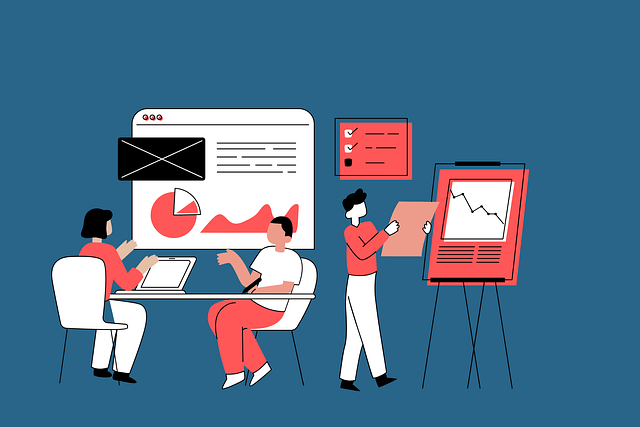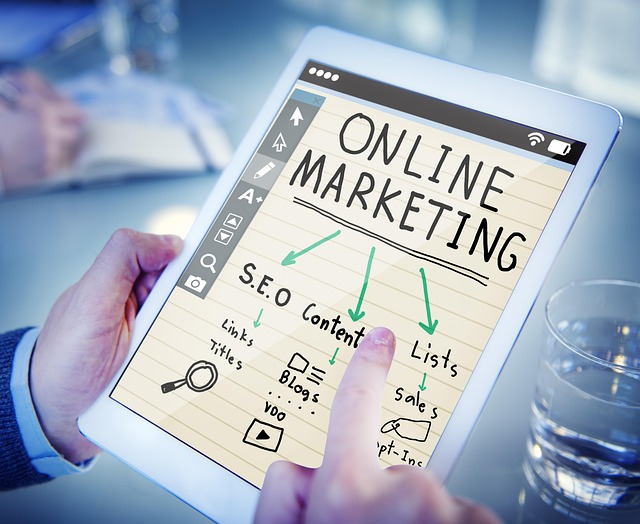Small and medium-sized businesses have more marketing tools than ever, but also more competition than at any point in history. Social platforms are crowded, paid ads are getting more expensive, and customer attention is fragmented across dozens of channels. The companies that continue to rely on “traditional” marketing — billboards, boosted posts, word-of-mouth only — are slowly being pushed out by businesses that treat digital visibility as a core asset, not a side activity.
Today, the companies winning the most market share aren’t spending the most money.
They’re building systems that bring them customers every day — even when they’re not advertising.
And most of those systems start with search visibility.
Search Traffic Is the Most Predictable and Scalable Source of Leads
Unlike social traffic, which depends on a constantly shifting algorithm, search traffic is intent-driven. If someone types “best accounting firm in Dubai” or “affordable pest control Abu Dhabi,” they’re already looking for a solution — not browsing casually.
This makes search-based customers:
✅ Cheaper to acquire
✅ Easier to convert
✅ More valuable over time
Yet most SMEs still overlook search, assuming SEO or paid search is “too technical” or “too slow.” In reality, it’s the only digital channel that compounds over time — meaning the longer you invest, the stronger it gets.
That’s why many business owners now choose to work with an experienced SEO consultant in Dubai instead of hiring a full in-house team or relying on random freelancers.
Paid Ads Are Not the Enemy — But They’re Not a Strategy
Google Ads, Meta Ads, TikTok Ads — they all work, but only when used inside a structured funnel. What makes most SME campaigns fail is not the platform, but the approach:
❌ Running ads before fixing the landing page
❌ Targeting everyone instead of buying intent
❌ Measuring clicks instead of revenue
❌ No CRM or follow-up system after the lead arrives
The businesses that turn ads into profit are the ones that connect paid traffic to automation, retargeting, and real-time lead qualification.
That’s why high-growth companies often bring in a Google Ads specialist in the UAE to build performance-based campaigns instead of treating ads like a lottery ticket.
The Real ROI of a Search-First Strategy
A smart marketing system doesn’t just bring leads. It creates compounding equity for the business:
| Old Model | New Model |
|---|---|
| “Spend more money, get more traffic” | “Build assets that bring traffic every month automatically” |
| Single campaign → expires | SEO content → lasts for years |
| Random social posts → short visibility | Search ranking → long-term lead flow |
| Agency dependency | In-house ownership of data & content |
SEO-powered content, Google Business optimization, structured landing pages, and review generation are not campaigns — they are digital real estate.
Once you own space in search, competitors have to fight harder (and spend more) to catch you.
The Shift Already Happened — The Only Question Is Who Noticed
Customers don’t browse the yellow pages.
They don’t drive around looking for signage.
They don’t save flyers.
They search.
They compare.
They click.
The companies that treat search as optional will keep competing on price.
The ones that build search-first marketing will compete on trust, visibility, and authority.
And in 2025 and beyond, authority beats advertising.
Final Thought
Digital success isn’t about being everywhere.
It’s about being discoverable at the exact moment the customer is ready to buy.
That’s why search is not just another marketing channel — it’s the foundation that decides whether a business grows by accident or grows by design.









